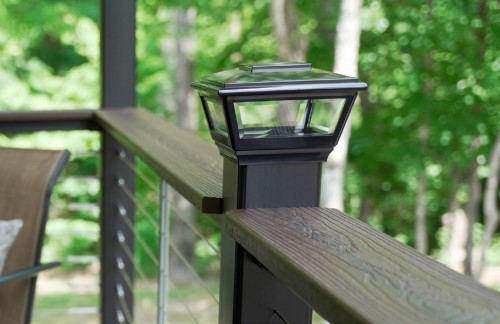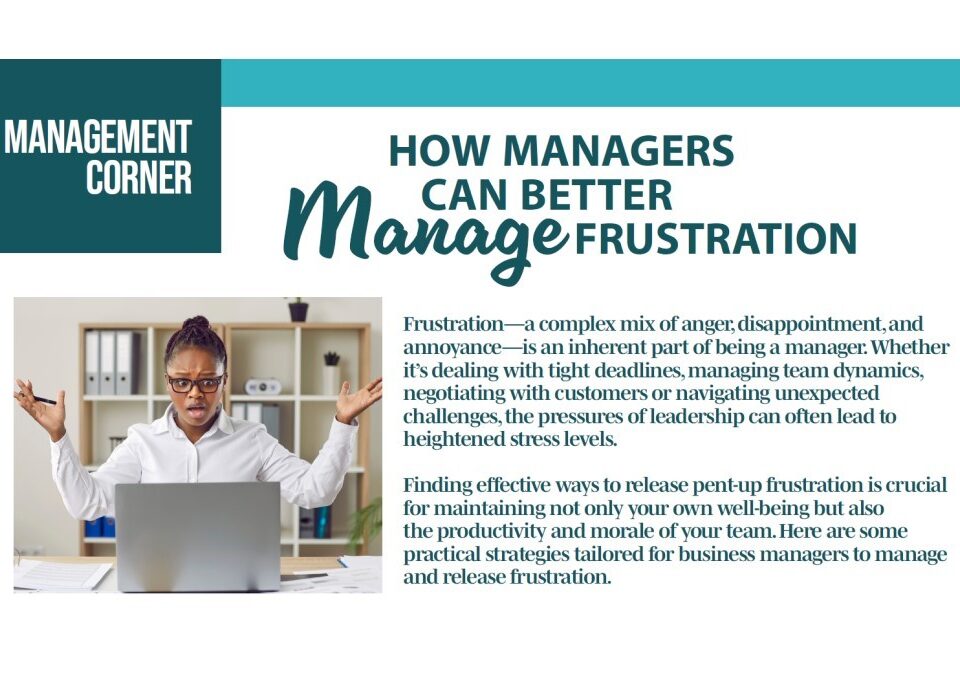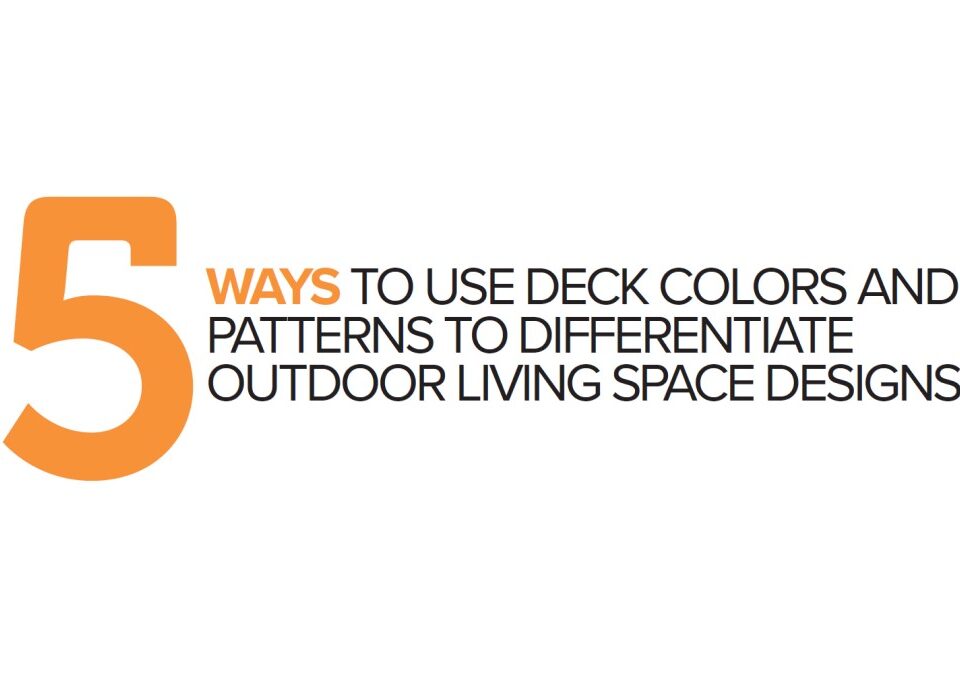
Real-World Project Showcases Camaraderie in Fence Industry
March 28, 2024
Top of the Chain with Zach Romero
March 28, 20249 Questions to Help Your Customers Choose the Best Deck Railing

Envision Ridge Premium capped composite decking in Gunstock paired with A210 aluminum railing and horizontal balusters.
The right railing helps complete the look of a deck while also influencing views and functionality. And with so many options for style, color, infills, and more, Chase Moritz, director of marketing and communication with Envision Outdoor Living Products, says there’s no shortage of opportunity to create a truly unique look for each outdoor space.
Envision Outdoor Living Products manufactures a wide range of high-quality, beautiful decking, railing, and accessories for pros and consumers. To help your customers narrow down the choices, Moritz recommends this series of simple questions covering functionality, style tastes, codes, and other factors:
Project Parameters
First, factor in the basics:
- What is the required height in your area? The code will call for 36-inch or 42-inch.
- Does the deck have a lot of angles? If there are level runs with angles, certain styles of railing will be more user-friendly. Aluminum railings, for example, are the easiest to install on level angles. Composite or cellular PVC railings also can be used but may require a larger post sleeve at the angle. The degree of angles is much more limited with vinyl railings.
- What are the surroundings? Is there a view they want to maintain? This will eliminate certain bulkier rail styles and can indicate a sleeker infill style.
- What is the budget? From a materials standpoint, in general, vinyl railings tend to be the most affordable, then steel, then composite and cellular PVC, and then aluminum.
In terms of infill styles, square balusters tend to be more budget-friendly and then round balusters; glass panels and cable railing are more premium. But you also can mix and match to meet both budget and style needs. - What is the location? Coastal areas need railing materials that can withstand the salty, moist air, so vinyl, composite, and aluminum are a better option than steel.
Aesthetics
Next, weigh aesthetic preferences:
- Will the deck have lighting? A two-piece top rail will provide the most labor-friendly application of LED wiring. A two-piece design also makes it easier to access the lighting in the future should it need to be repaired.
- Will the deck be used for frequent entertaining? If so, a drink rail may be a great fit, as it provides a flat surface for placing drinks and small plates.
- What is the home’s style? Though there are no official rules, certain types of railings pair better with particular home styles. For example, an ultra-modern house will likely look best with sleeker, slimmer top rails and balusters or with cable rail infill.
- Is the desired look bold or blended? The choice to match railing to decking or to use railing as a pop of detail comes down to personal preference. One way to help customers decide is to use an online deck visualizer tool, where they can experiment with decking and railing colors and styles to see what appeals and looks best.
If your customers are still having trouble choosing a railing, Moritz suggests having them look at examples. Most manufacturers have idea guides and project galleries from which to get inspired.
Learn more at envisionoutdoorliving.com.

Envision Ridge Premium capped composite decking in Gunstock paired with A210 aluminum railing and horizontal balusters.




